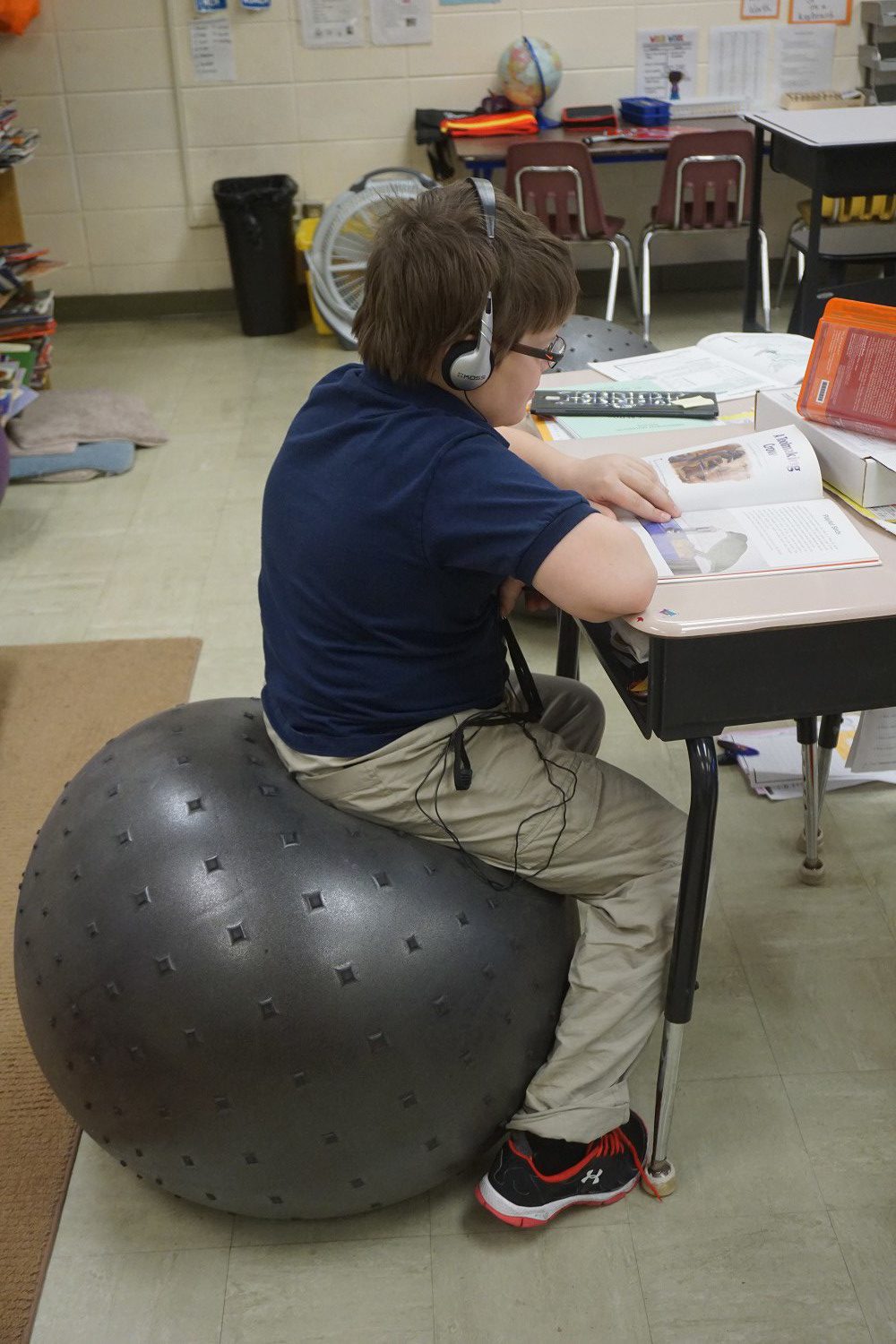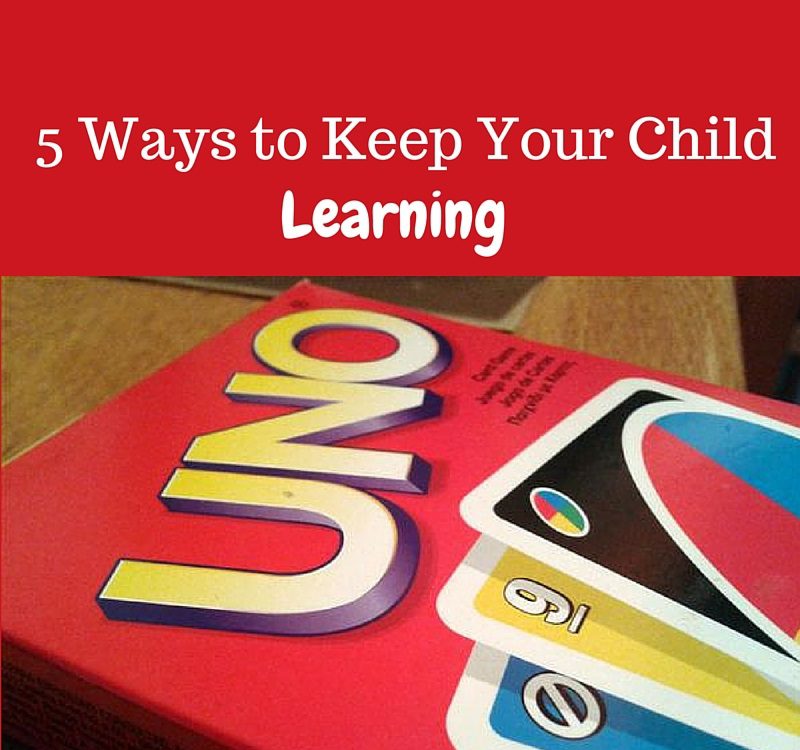 Do you model learning in your classroom or school? Educators have the opportunity and responsibility to be a both a catalyst and a role model for learning. You can show them how it’s done, demystify the process and empower learners.
Do you model learning in your classroom or school? Educators have the opportunity and responsibility to be a both a catalyst and a role model for learning. You can show them how it’s done, demystify the process and empower learners.
Being a model for learning requires that you open yourself up to vulnerability. As educators, we sometimes think we need to know it all- or at least know more than our students. When you admit that you don’t know something and then proceed to talk about how you will find out, you are demonstrating that learning is a life -long process rather than a body of content knowledge to be consumed.
Here are 10 ways to model learning in your clssroom:
1) Make your learning processes evident by thinking out loud. “I don’t know where the Heilongjiang River is. Let’s go look at a map of China and see if we can find it.” Share your learning struggles, and how you work through them.
2) Read during silent reading time. Model good reading habits. Laugh, smile, hold your breath at a scary part, groan a little when it is time to stop. Let them see that you enjoy reading. The more students read, the better they will read. Know that if you want to create readers, your actions are more powerful than your words. Grading papers or putting up a bulletin board during silent reading time sends the message of “do as I say, not as I do.”
3) Talk about things you learned while watching television. When a discussion about migration comes up, you can share that you watched a National Geographic special about the great migration in Africa where thousands of animals move across the plains in search of better food and water. Students are going to watch television- you can model some better options.
4) Ask open ended questions. When questions have a right or wrong answer, there is less possibility for dialogue. Ask for students’ opinions and share yours. Ask how they do things. Open yourself up as a learner by being genuinely interested in students’ ideas. Learning requires give and take- don’t just give information to students, seek it from them as well.
5) Be open about your technological issues. Technology is an area where everyone has had difficulties. When glitches occur, use it as an opportunity to ask for help. Share the ideas you have for solving the problem and how you will learn for the future. Technology changes rapidly, therefore it is a great place to demonstrate that we never master the content and there is always something to learn.
6) When you attend a conference or training, share a little of that knowledge with students. They might like to know that you are learning more strategies to help them with math, or new understandings about the brain that make everyone learn better.
7) When you don’t know something, and don’t have time to address it in the moment, promise that you find out and get back to them. Follow through.
8) Don’t just assign writing tasks, model how to write. Use your smart board and write together, demonstrating the process you use and sharing processes they use. One teacher shared how she used sticky notes to jot down important ideas when she researched something and the next day looked up to see students busy writing on sticky notes.
9) Bring in experts. This shows that not only are you not an expert in some areas, but that you are excited to learn new things. Your community is full of people with expertise you don’t have. Reach out to local experts and invite them in, more often than not they are happy to share their knowledge with students. The energy and enthusiasm will likely be contagious!
10) Be curious. One of the most joyful things about learning is following where your curiosity takes you. Children are naturally curious and want to explore things that interest them. If you have ever seen a young child intently watching an insect, you have witnessed curiosity in action. Don’t get so wrapped up in all of your responsibilities that you forget to be curious.
As a teacher, you can’t be the expert in everything, but you can be the expert in learning. You can make your classroom a place where everyone enjoys learning together, and that is a fun and rewarding place to spend your days.
What learning strategies do you use to model learning in your classroom? We would love to hear your ideas!
Happy learning,









